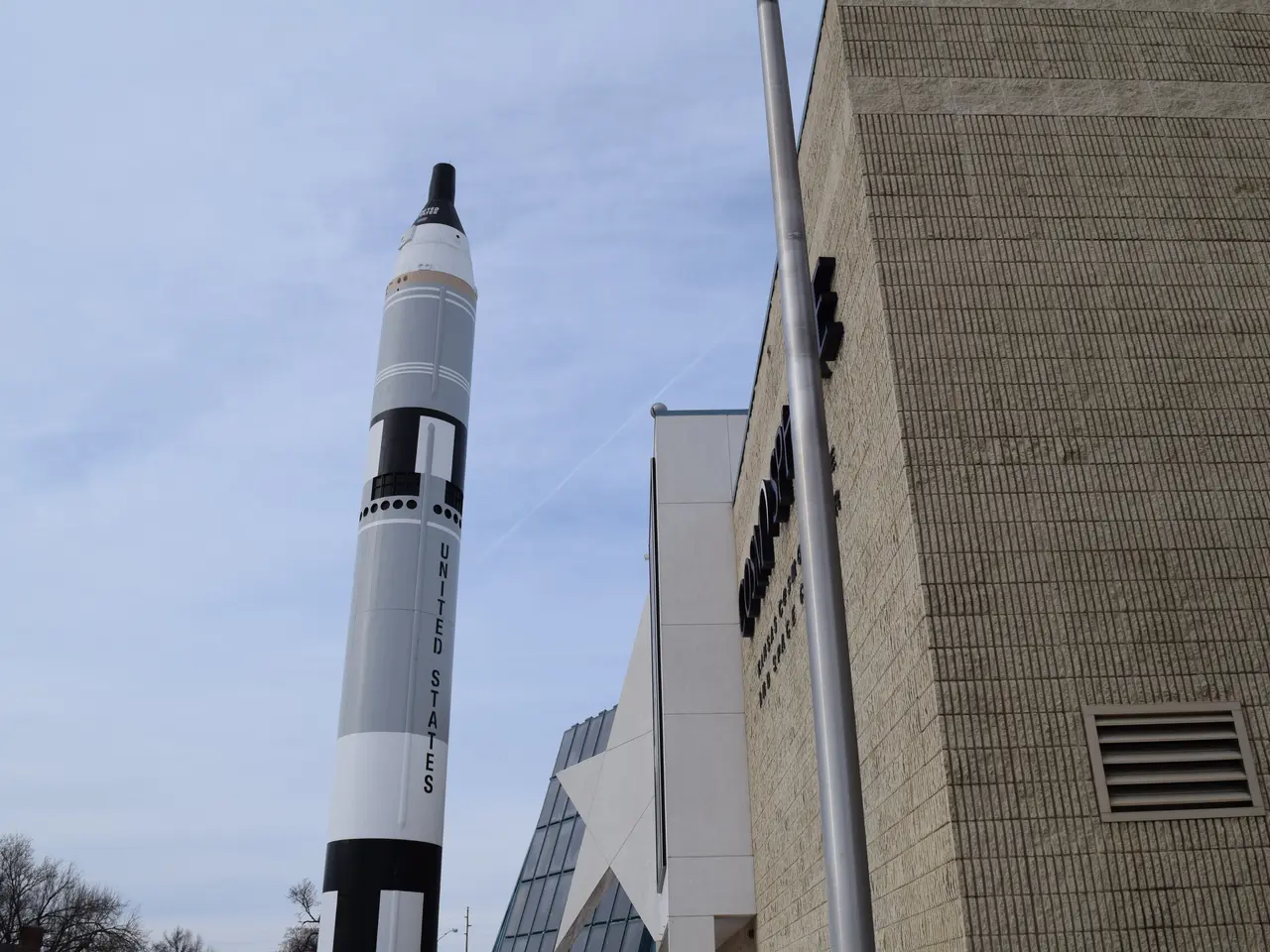European Space Force General Collaborating on Shared Ground with Ally Nations, NATO
The United States Space Force and Space Command are set to establish a joint operations center, marking a significant step in the alliance's growing interest in space security. This joint center is intended to cover the needs of both Space Force and Space Command, as the U.S. Space Force focuses on electronic warfare-type activities at the theater level.
The cooperation between Space Force and Space Command is of particular importance due to the growing interest of allies like Germany and France in defending their satellites. The U.S. Space Force General in Europe, Brig. Gen. Jacob Middleton, is waiting for NATO to finalize its approach to the space domain.
Middleton heads U.S. Space Forces Europe and Africa, but he has no NATO authorities. He starts discussions with partners and allies by addressing their national sovereign concerns. Middleton is also working to educate, train, and exercise with partners and allies, including U.S. Space Command.
NATO first declared space an operational domain in 2019 and established a Space Center within Allied Air Command in 2020. The Combined Force Space Component Command and the NATO Space Operations Center, both located within Allied Air Command in Ramstein, Germany, were established by 2024 to develop NATO’s operational capabilities in the space domain.
Current efforts also include a “virtual constellation” program pooling national and commercial satellite data to enhance space-based intelligence, surveillance, and reconnaissance among member states. This initiative reflects NATO’s recognition that the commercial sector is now a central driver of space innovation, and relying solely on government-owned space assets is inadequate for contemporary threats.
Regarding the future plan for NATO space assets, discussions and planning are ongoing about the Alliance’s ultimate space infrastructure design. While NATO has not finalized voting on this structure, there is a clear trajectory toward building institutional capacity and operational readiness, including training and exercises with U.S. Space Command and other partners.
Importantly, NATO is exploring the potential to procure and operate its own space assets. Major Gen. Devin R. Pepper of the U.S. Space Force hinted at NATO possibly owning space systems in the future, similar to how NATO operates manned and unmanned aircraft like the E-3 AWACS and the RQ-4 drone. This suggests a move beyond merely relying on national or commercial satellites toward a more autonomous NATO space capability.
In summary, NATO operates the Combined Force Space Component Command and NATO Space Operations Center, and it manages a virtual constellation program gathering multi-source space intelligence. The future plans of NATO include enhancing operational capabilities through partnerships, technology integration, and training. There is potential and official interest in NATO eventually procuring and operating its own space assets, though no concrete acquisitions have been made yet. NATO embraces a commercial space strategy to leverage private sector innovation for faster, cost-effective space capabilities.
Every country is important and brings beneficial contributions to the space infrastructure. The end goal is an "allied by design" space infrastructure, where countries contribute different capabilities based on their own needs and resources. This trajectory indicates NATO’s growing commitment to space as a critical domain that requires dedicated infrastructure, operational command, and potentially independent space assets to complement national and partner capabilities.
- The United States Space Force and Space Command, with their focus on defense and warfare in the space domain, are collaborating to establish a joint operations center, which encompasses the needs of both organizations.
- General Jacob Middleton, the head of U.S. Space Forces Europe and Africa, engages with partners and allies like NATO to discuss national sovereign concerns and work towards educating, training, and exercising with them.
- Recognizing the growing importance of space security, NATO is exploring the possibility of procuring and operating its own independent space assets, similar to manned and unmanned aircraft such as the E-3 AWACS and the RQ-4 drone.
- In pursuit of enhancing operational capabilities, NATO is partnering with the U.S. Space Command and other allies to integrate technologies and conduct training exercises, aiming for an "allied by design" space infrastructure.
- NATO's long-term strategy includes embracing the commercial space sector to leverage private innovation for faster and cost-effective space capabilities, as it recognizes the central role of commercial entities in driving space innovation.




